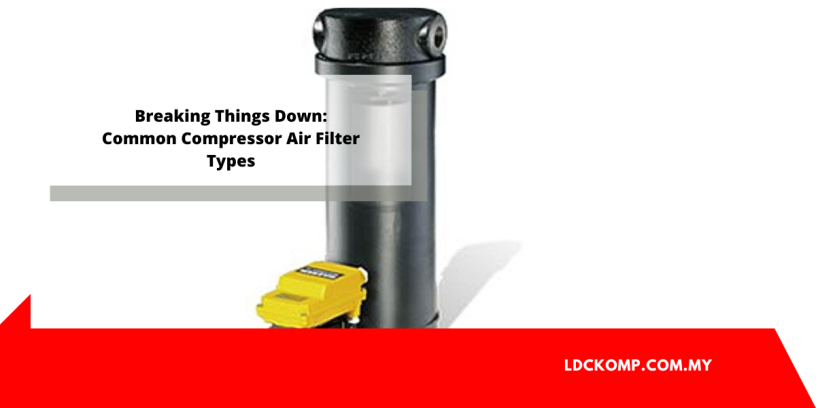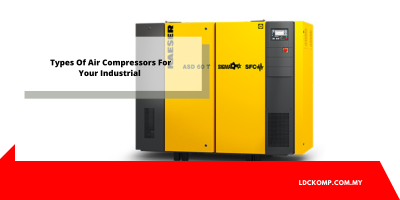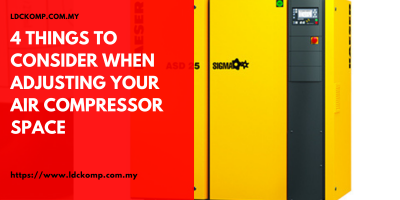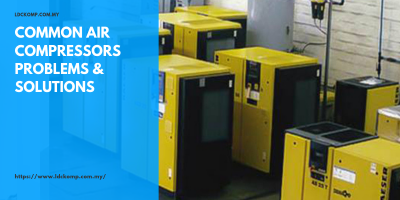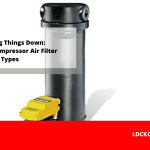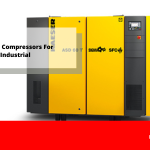For many years, air compressors have been a regular fixture in almost every professional or commercial setting imaginable. They’re utilized in auto body shops, for example, for anything from painting automobiles to sanding components. They power drills and hammers on building sites, may be used to clean equipment, and much more, fast proving to be a worthwhile investment.
The air filter you use with your compressor is just as crucial as the compressor itself. As the name implies, these filters are intended to protect your surroundings – and, by implication, your employees – from possible dust, grime, oil, and other contaminants. Dust is a particularly significant issue because, if left uncontrolled, it can swiftly wear down your equipment, causing costly periods of downtime and perhaps necessitating the replacement of something entirely.
However, it is vital to understand that not all compressor air filters are made equal. It’s critical to ensure that you’re installing the correct size filter for your equipment, but you also need to ensure that you’re obtaining the proper type.
Overall, there are four major types of compressor air filters to be found, all of which are well worth investigating.
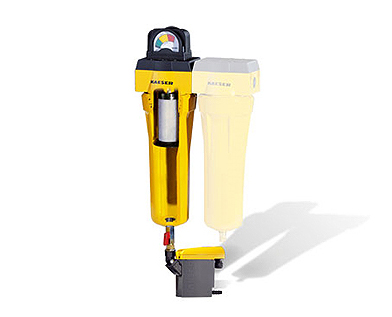
The Most Common Types of Compressor Air Filters:A Quick Overview
A dry particle filter is one form of compressor air filter that you’re likely to come across. These are often utilized throughout the compressor process to remove desiccants and other particles. They capture and hold the obstacles within the filter, making it easier to securely remove everything afterwards.
In general, these filters will need to be replaced every few months to ensure that they continue to perform properly. Yes, most of them have high capacity – but as the particle filter itself becomes “filled” with more and more dust, the pressure of your air compressor begins to drop. As a result, if you see this happening, it’s a good idea to replace the old filter with a new one to avoid problems.
A coalescing filter is another form of compressor air filter. Traditionally, they are used to remove water, aerosols, and other components that might possibly pollute an area. Droplets of something like water are held in the filter itself throughout the process, preventing them from re-entering the surrounding region at a later time.
The intriguing aspect about coalescing filters is that they collect little drops of things like water or oil in such a manner that they stay together and generate bigger ones. Their weight causes them to fall to the bottom of the device, where a drain may be utilized to swiftly and conveniently clean the filter.
It should be noted that coalescing filters are another possible method for removing particles from compressed air, but they must be used with caution. If the filter isn’t replaced on a regular basis, it might cause pressure problems within the compressor, reducing its performance and potentially limiting its lifespan.
Another form of compressor air filter you’re likely to encounter is a vapor removal filter, which does exactly what it sounds like: it removes different vapors while your equipment is in use. Because of its excellent pore structure, charcoal is frequently used as a filter material in this application. It is not unusual, though, to see fabric or even paper employed for the same reasons.
These, too, must be handled with care since they are ineffective at eliminating aerosols. If they are subjected to aerosols, the filter will get saturated, affecting their capacity to function virtually instantly.
Finally, mist eliminators are frequently utilized in conjunction with particular types of air compressors. They function similarly to a coalescing filter, serving as a viable option in cases when cost is a key factor. They do, however, work at lower pressures than coalescing filters, which can be an excellent method to save money without sacrificing performance.
Finally, it’s critical to remember that you should always match a compressor air filter to the specific type of equipment you’re using. Not all filters are suitable for all conditions, and some compressors may only accept one of the above alternatives. Always refer to the original documentation that came with your air compressor to ensure that you’re using the correct filter media based on the manufacturer’s recommendations.
For more information about air compressor filter suppliers, please visit https://www.ldckomp.com.my/
